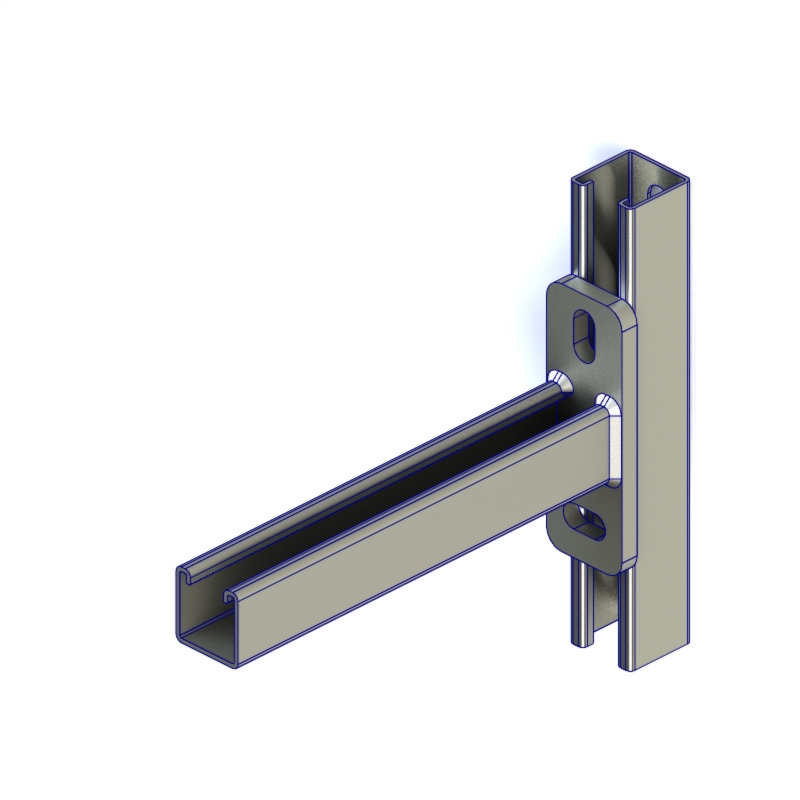U-Channel vs. C-Channel: A Comparative Overview
U-Channel
Structural Features:
Its cross-section forms a flat-bottomed “U” shape, with two sides extending vertically upward, generally of equal height, resulting in a neat and simple form. The flanges are typically short and do not exceed the width of the base.
Common Applications:
Framework and Support: Used in framing structures or reinforcement components where balanced load distribution is important.
Edge Protection: Often applied to protect the edges of boards and panels.
Cable Management: Serves as raceways to neatly organize wires and cables.
Decorative Trim: Widely used for edging and finishing in furniture and architectural decoration.
Key Advantages:
Simple structure, easy to process and install.
Highly versatile and adaptable to various scenarios.
C-Channel
Structural Features:
The cross-section is “C”-shaped, with a flat base and two flanges extending outward. The flanges are usually longer and may feature inward-curled or slanted edges, enhancing overall rigidity.
Common Applications:
Building Framework: Frequently used in load-bearing structures such as wall studs, roof trusses, and floor joists.
Transportation Equipment: Commonly employed in the manufacturing of vehicle chassis and frames.
Heavy Machinery: Provides foundational support frames for large equipment.
Bridges and Walkways: Suitable for structures with higher load requirements, such as footbridges and industrial platforms.
Key Advantages:
Stable structure with excellent load-bearing performance.
Flange dimensions can be flexibly adjusted to meet different support needs.
Key Differences
Cross-Sectional Shape:
U-Channel: Symmetrical U-shape with straight, parallel sidewalls.
C-Channel: C-shape with longer flanges, often featuring specialized edge configurations.
Mechanical Performance:
U-Channel: Generally used for light to medium load scenarios.
C-Channel: Structurally stronger, suitable for high load-bearing applications.
Application Fields:
U-Channel: Commonly found in general-purpose scenarios such as auxiliary fastening, edge treatment, and trim.
C-Channel: Primarily used in main structural functions, often seen in construction, transportation, and other heavy-load fields.
Conclusion
These two types of profiles each have their focus in engineering construction: the U-channel excels in flexibility and versatility, making it suitable for auxiliary functions, while the C-channel stands out with its structural strength, often used in critical load-bearing components. Selecting the appropriate profile based on specific requirements can effectively ensure both the quality and cost-efficiency of a project.
Post time: Nov-03-2025


